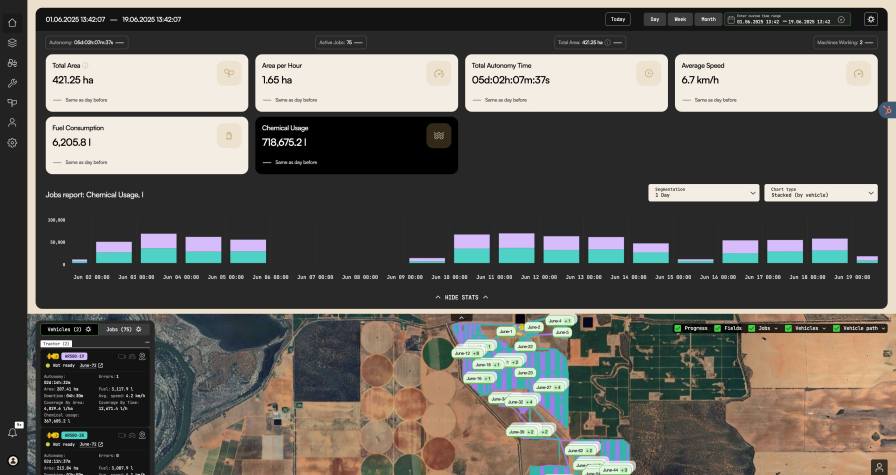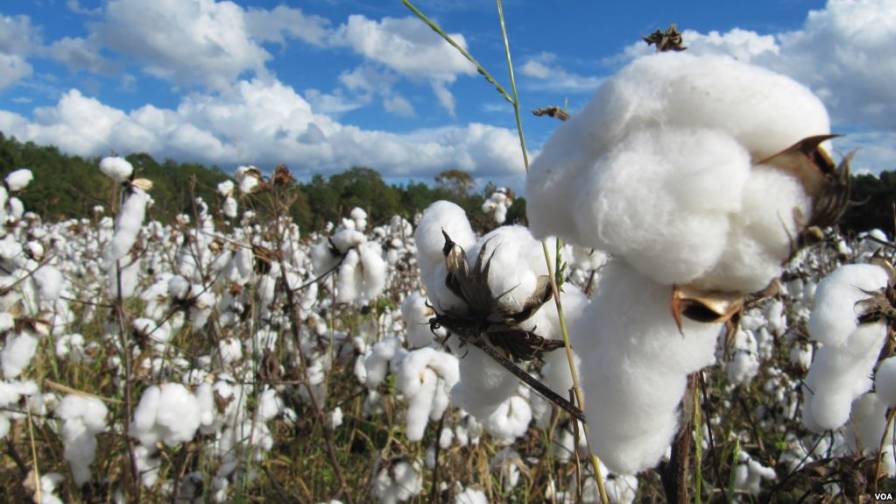How External Factors Highlight the Power of a Digital Cropping Plan
Much has been said about the “power of a digital cropping plan” for growers over the past couple of years and anecdotally, an increasing number of growers in countries such as the U.S., Australia, and Canada seem to be starting their season with a detailed digital cropping plan. Digital cropping plans are an easy way to provide growers, their consultant, and input providers with a detailed list of the products needed throughout the season, the costs to grow a crop, the expected gross margin, and other information.
However, it’s often not until external factors change dramatically that the power of a digital cropping planning really becomes apparent. Our industry has seen strong input price rises over the past 12 months, and growers that plan digitally have already seen the advantages of having a detailed plan and list of inputs prior to the start of the season.
Now, in a new twist to the 2022 cropping season, it seems that Bayer, the world’s largest supplier of glyphosate, has declared force majeure in relation to supplying glyphosate this past weekend due to a major supplier of a key raw material experiencing a major mechanical failure. The resulting substantial drop in production is said to last for at least 3 months, meaning that it will disrupt a significant part of the 2022 cropping season for a lot of growers around the globe.
If this news is indeed true as confirmed by CropLife, it will most likely mean even further price rises for growers in the foreseeable future. Depending on the expected gross margins and actual product availability, it could result in growers having to switch to different chemistry or, in extreme circumstances, even change crop rotations.
MORE BY REINDER PRINS
EvokeAg 2023: Key Takeaways From Asia Pacific’s Premier Agrifood Tech Event
At the same time this weekend, India cut its tariff on lentils from some origins (including Australia) to zero until September 30, 2022. While this could be very positive for Australian growers that still have lentils in storage and are looking to sell these in the coming months, it could also be positive for growers looking to grow lentils in 2022 and could spell some last-minute changes to cropping plans for these growers. Although it needs to be said that the 2022 crop will get harvested after September 30 and the Indian lentil harvest will start early March and it is expected to be a record crop, so it’s very much a gamble whether a tariff will be imposed again after September 30.
While not every grower grows lentils or uses glyphosate, I think these examples clearly show the benefits of a digital cropping plan that can quickly and easily be adjusted. Because, no matter which crops are grown or which inputs are used, rapidly changing external factors will always be a part of our industry, wherever you farm in the world.










